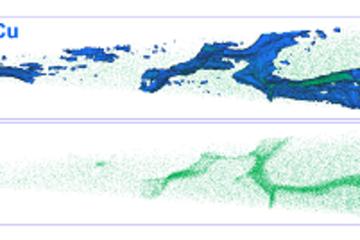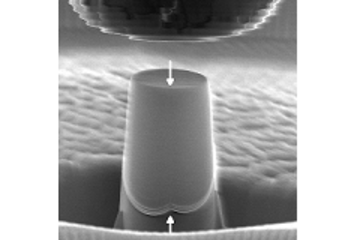All genres
1.
Journal Article
Electro-codeposition of modified silica colloids and copper. Zeitschrift für physikalische Chemie 227 (8), pp. 1083 - 1095 (2013)
2.
Journal Article
Existence of a lower critical radius for incorporation of silica particles into zinc during electro-codeposition. ACS Applied Materials and Interfaces 4 (11), pp. 6221 - 6227 (2012)
3.
Journal Article
Electrodeposition of zinc-silica composite coatings: Challenges in incorporating functionalized silica particles into a zinc matrix. Science and Technology of Advanced Materials 12 (5), 055005 (2011)
4.
Talk
Inhibitor Filled Mesoporous Silica Embedded in Electro-Galvanized Zinc Coatings for Smart Corrosion Protection. 220th, ECS Meeting, Boston, MA, USA (2011)
5.
Talk
Composite Coatings: Silica Particles with Metals by Electro-Deposition. 219th ECS Meeting, Montreal, QC, Canada (2011)
6.
Talk
Electrolytic co-deposition of SiO2 nanoparticles with zinc for improvement of corrosion protection. 59th Annual Meeting of the International Society of Electrochemistry, Seville, Spain (2008)
7.
Poster
Electrodeposition of Zinc-Silica Coatings for Smart Corrosion Protection. EUROCORR 2011, the European Corrosion Congress “Developing Solutions For The Global Challenge”, Stockholm, Sweden (2011)
8.
Poster
Incoporation of functionalized Silica Nanoparticles into metallic matrices. CUSO – Summer School: Nanoelectrochemistry, Villars, Switzerland (2010)
9.
Thesis - PhD
Nanocomposite coating: Codeposition of SiO2 particles during electrogalvanizing. Dissertation, Fakultät für Maschinenbau der Ruhr-Universität Bochum, Bochum, Germany (2011)











